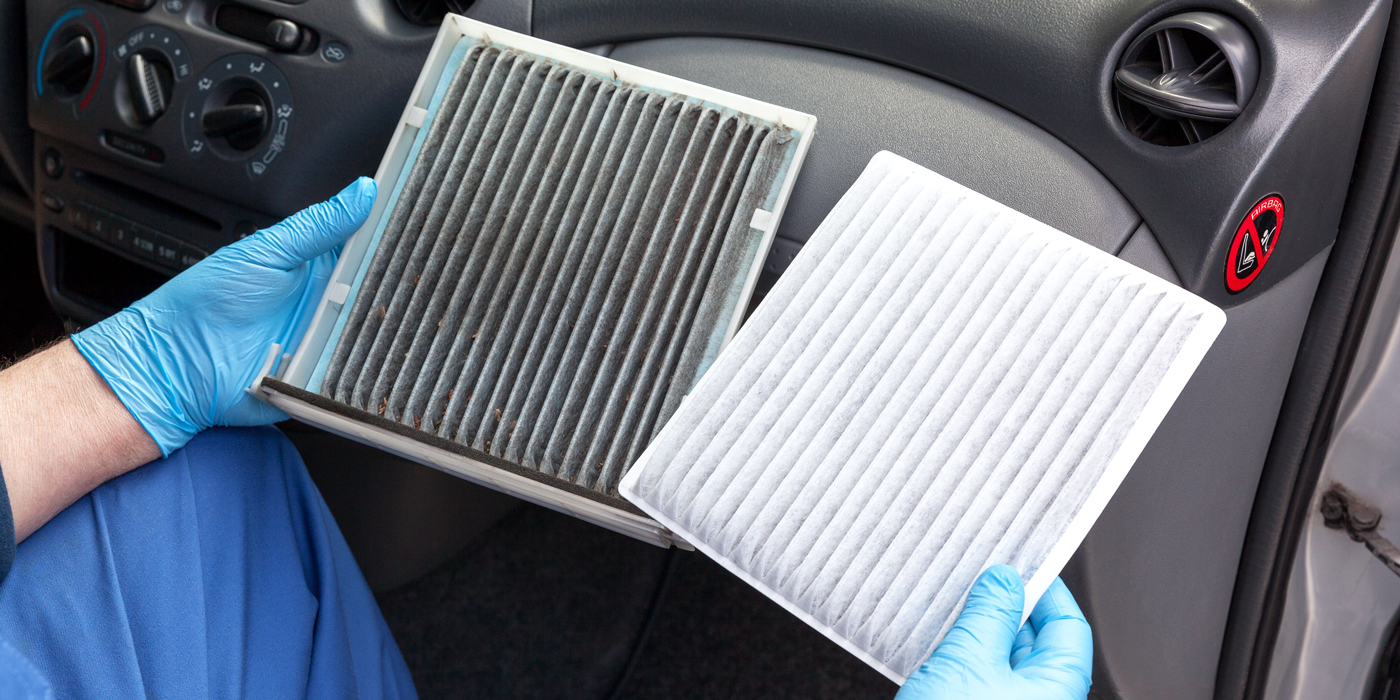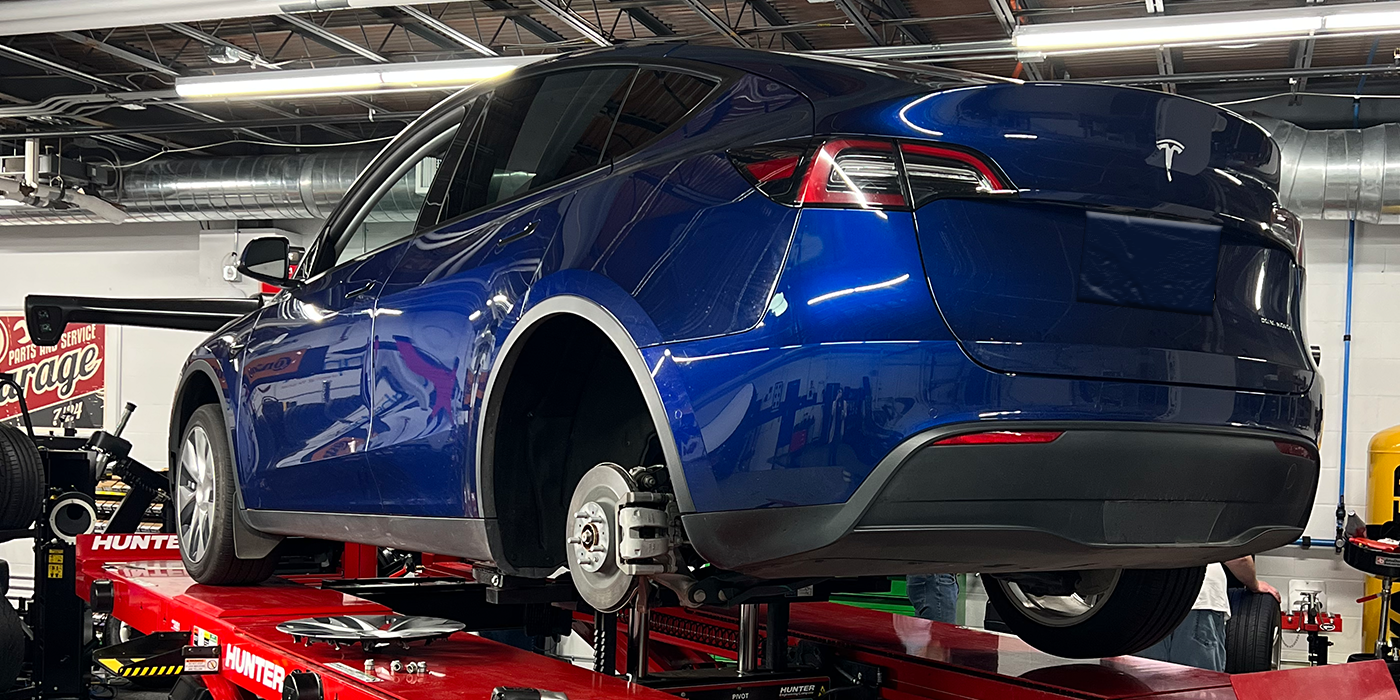Can’t sell shocks and struts? What is your excuse? Do you blame the economy, customer income or even how well late-model vehicles are manufactured? There should be no excuse when it comes to recommending new shocks and struts. By not recommending these items, you are doing the customer a greater disservice than stealing change out of their ashtray.
Worn shocks and struts will not cause a vehicle to break down or not start. However, new shocks and struts can save a customer from having an encounter with a ditch or trashing a new set of tires. Never forget that a car with worn shocks and struts can kill.
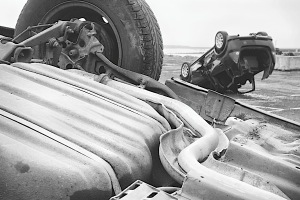
Inspection
The first step in selling ride control is the inspection process. A visual inspection of the shocks and struts can tell you a lot about the state of the ride control units and provides the opportunity to make sure the vehicle is roadworthy before you put your own life at risk.
Look for signs that the units might be leaking oil, such as the accumulation of road grime or the presence of oil inside the boots and dust shields. Also keep an eye out for “witness marks” that indicate the suspension might have bottomed out recently. Make sure all bushings and hardware for the ride control units are still on the vehicle.
Though not a very scientific method for diagnosing weak dampers, a bounce test can be used to visually demonstrate the lack of resistance in badly worn dampers. Push down on one corner of the vehicle and rock the suspension several times, then release it. Repeat the test at each corner of the vehicle. Good dampers should stop the motion within a bounce or two. Weak ones won’t.
Don’t reuse the bearing plates unless they are in perfect condition. Pay close attention to the condition of the upper bearing plates. These support the weight of the vehicle, and are often in poor condition. A bad bearing plate can cause steering stiffness, noise and poor steering return (memory steer).
Inspect the tires. Uneven wear or toe wear would tell you the wheels are out of alignment. Uneven surface wear across the face of the tire can indicate weak ride control components. One sign is tire cupping as a result of improper tire balancing or improper damping force in the shock absorber. Also, tires may have inside or outside excessive edge wear from improper wheel alignment. This should also prompt you to suspect things like worn tie rod ends, collapsed control arm bushings, or maybe a bent strut or spindle.
Test Drive
When going for a test drive, you should have a clear objective and methodical plan for inspecting the vehicle for ride control component replacement and other unperformed repairs. Before going on a test drive, make sure there is enough gas in the tank, and be sure to have a clear list of symptoms and related conditions the customer might be experiencing.
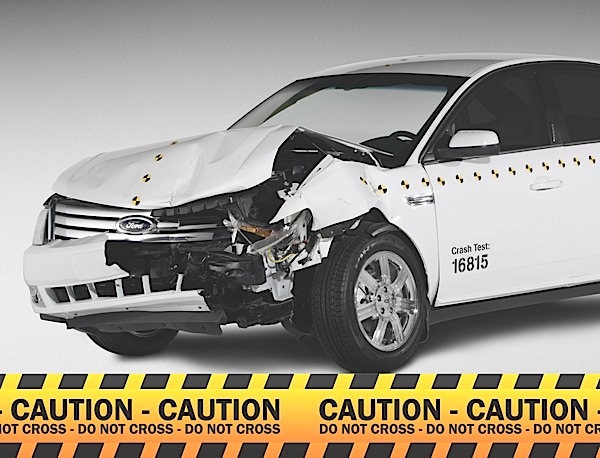
A good test driver will be able to observe conditions or problems with the vehicle that have developed so slowly the owner is unaware of them — like degraded shocks and struts. One of the keys to becoming a good test driver is to find a driving “loop” or route that has a variety of road conditions. Using a predetermined loop can help to build consistency that will help you be able to spot small problems. For suspension road tests, your test loop should consist of a variety of sections: a flat and straight section; an area to test braking and acceleration; an area with a dip or bump; and an area that offers both left and right turns.
Never give up. It’s been estimated that 50% of ride control sales occur on the second visit. This means that a large percentage of first-time sales pitches for ride control are followed by, “Sorry, no thank you.” But, the customer comes back eventually. When you spend the time to explain what was found during the inspection and test drive, you have planted a seed that will grow into a sale. The cultivation of this seed might take place on the way home from the shop when the customer notices excessive dive and roll.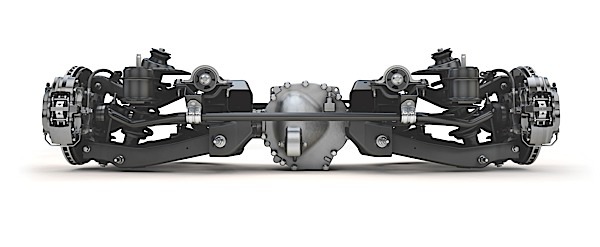
An effective sales tactic when selling ride control is to start with premium products first rather than with the economy or less-expensive option. It can give you a little room to provide your customers with options that meet their budget and vehicle life expectancy. Chances are your customers want the best. Starting the estimate with the least expensive alternative can lower your profit. Quoting the lowest price might get some customers in the door, but it may leave some customers wanting more.

